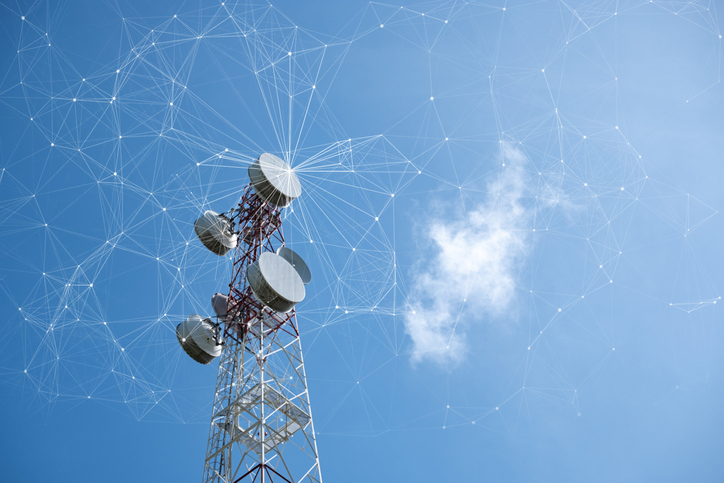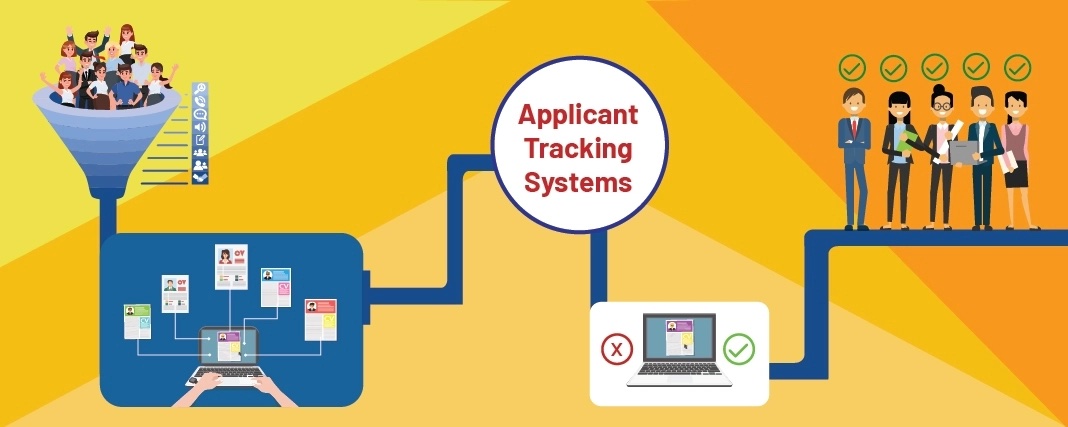The internet has transformed the way we work, communicate and access information. With the introduction of 5G and edge computing, the future of connectivity in the workplace will undergo a significant transformation. The combination of these two technologies promises to deliver high-speed, low-latency connectivity that will revolutionize the way we work.
See Also: The Importance of Creativity in Business
5G technology promises to provide faster and more reliable network connectivity than ever before. With speeds up to 100x faster than 4G and latency as low as 1 millisecond, 5G is set to enable a range of new applications. This includes applications that require real-time responsiveness, such as remote surgery, autonomous vehicles and augmented reality.
Edge computing involves processing data closer to where it is generated, rather than in centralized data centers. By bringing computing power closer to the devices that generate and consume data, edge computing can reduce latency and improve response times. This is particularly useful for applications that require real-time processing, such as video streaming, gaming, and virtual and augmented reality.
When combined, 5G and edge computing can deliver a powerful combination of high-speed, low-latency connectivity that will transform the workplace. Here are some of the ways that these technologies are set to change the way we work:
Faster and more reliable communication:
With 5G and edge computing, employees can communicate and collaborate in real-time, no matter where they are located. This means that remote teams can work together seamlessly, with no delays or lag time.
Enhanced productivity:
The combination of 5G and edge computing can enable new ways of working. For example, real-time video conferencing and virtual collaboration tools. This can help to improve productivity and streamline workflows.
Improved customer experience:
5G and edge computing can enable businesses to deliver more immersive and engaging experiences to customers. For example, retailers can use augmented reality to provide virtual try-on experiences. Museums can provide virtual tours that feel like real-life visits.
Increased efficiency:
Edge computing can enable more efficient use of resources, by processing data closer to where it is generated. This can reduce the need for data to be sent back and forth between devices and centralized data centers, reducing network congestion and improving response times.
New business opportunities:
5G and edge computing can enable new business models and opportunities. For example, the low-latency and high-bandwidth capabilities of 5G can enable new applications such as autonomous vehicles, remote surgery, and smart cities.
However, there are also some potential challenges associated with the adoption of 5G and edge computing in the workplace. These include concerns around data privacy and security, as well as the need for new infrastructure and devices to support these technologies. As such, it is important for businesses to carefully consider the implications of adopting these technologies. They will need to put in place appropriate safeguards and controls to mitigate any potential risks.
In conclusion, the combination of 5G and edge computing promises to deliver a new era of high-speed, low-latency connectivity that will transform the way we work. From faster and more reliable communication to new business opportunities, the benefits of these technologies are clear. However, it is important for businesses to carefully consider the implications of adopting these technologies. and to ensure that they have appropriate safeguards and controls in place to mitigate any potential risks. With the right approach, 5G and edge computing have the potential to revolutionize the workplace and unlock new levels of productivity, efficiency, and innovation.



















